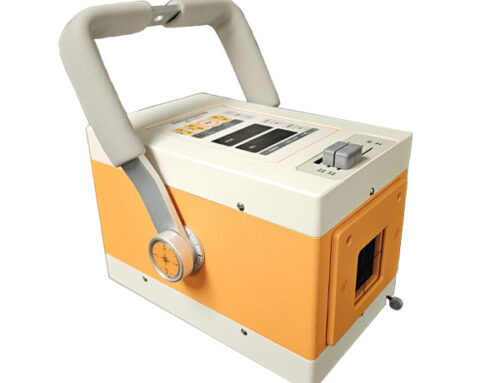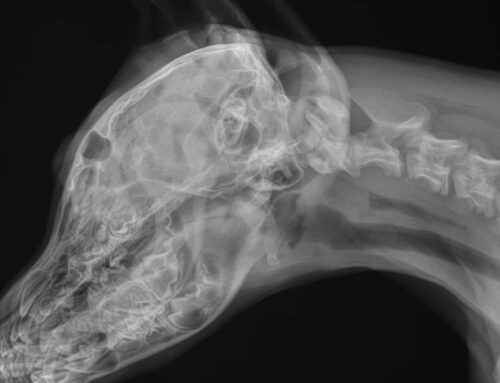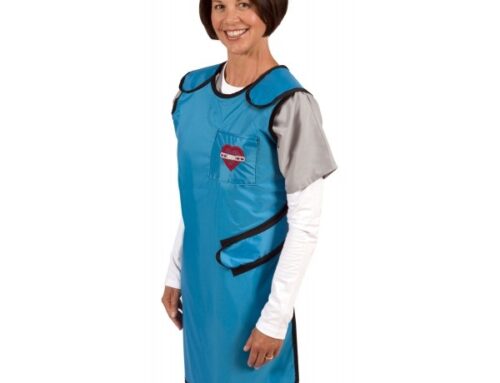Many of today’s vet school students see that there’s more money and an easier lifestyle in treating dogs and cats rather than to be out on farms. According to insidehighered.com, the need for more rural vets, combined with a growing pet population and higher expectations for their medical care, has created a shortage of animal doctors in some disciplines and regions.
Large animal veterinarians are practitioners that manage the health of livestock species such as cattle, horses, sheep, goats, and pigs. These are licensed animal health professionals trained to diagnose and treat illnesses that affect livestock species. They usually make farm calls to visit their patients, often using a customized truck outfitted with the necessary medical equipment.
Duties of the large animal vet
These medical professionals conduct health exams, give vaccinations, draw blood, prescribe medications, clean and suture wounds, take ultrasounds and x-rays, and perform surgeries. Other duties may include monitoring the reproductive health of the breeding stock, performing artificial inseminations, assisting with problem births, and conducting pre-purchase exams.
Large animal veterinarians frequently work long hours and spend a great deal of time traveling from farm to farm. Working weekends and holidays is the norm. The work itself can be particularly demanding for large animal vets, as they must be capable of restraining and treating animals of substantial size.
Career options
The vast majority of veterinary practitioners work on small animals, such as pets like cats and dogs. According to the American Veterinary Medical Association (AVMA), more than 75 percent of these vets work in private practice. And a small percentage, somewhere around 10%, work on exotic pets such as snakes and lizards.
While most large animal vets work on a variety of livestock species, some choose to specialize; choosing equine, porcine or bovine. Others offer mixed practice services for both large and small animals.
Outside of private practice, vets also find work as educators, pharmaceutical sales representatives, military veterinarians, government meat inspectors, and research scientists.
Education and training
Much like their small animal counterparts, large animal veterinarians graduate with a Doctor of Veterinary Medicine degree. The DVM program for small and large is virtually identical.
All graduates must take and pass the North American Veterinary Licensing Exam (NAVLE) to be credentialed. Large animal veterinarians usually make up the smallest percentage of graduates of veterinary schools.
Professional associations for large animal vets
The American Veterinary Medical Association is one of the most prominent veterinary organizations, representing more than 80,000 practitioners. Other groups for large animal practitioners include the American Association of Bovine Practitioners (AABP) and the American Association of Small Ruminant Practitioners (AASRP).
Veterinarians who are board certified in a particular specialty area (radiology, toxicology, surgery, etc) generally earn significantly higher salaries as a result of their advanced education and experience.
Job Outlook
According to the U.S. Bureau of Labor Statistics, a 9% job growth was projected for veterinarians during the 2014-2024 decade (www.bls.gov). This is due to the growing number of pet owners who want alternative or advanced care for their pets. Employment opportunities for livestock and large animal veterinarians may also be plentiful because there is less competition to work in this specialty.





